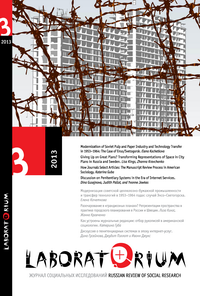Modernization of Soviet Pulp and Paper Industry and Technology Transfer in 1953–1964: The Case of Enso/Svetogorsk
Main Article Content
Abstract
This paper deals with the transfer of Western technologies during Nikita Khrushchev’s program of industrial modernization. One of the focuses of this program was on the pulp and paper industry, an important but outdated branch of the Soviet economy. In order to improve the technology as well as to increase production, the Soviet leadership had to apply for Western help. As “a capitalist friend” of the Soviet Union during the Cold War, Finland played a key role in providing the country with Western technologies. In this article, I ask whether technology transfer assisted Russia’s modernization goals in the context of the Cold War. I focus on the example of a single factory in its broader context. Examining the activities of Enso/Svetogorsk, initially a Finnish factory annexed by the Soviet Union in 1944, I explore two cases of technology transfer through the lens of Thomas Hughes’s theorization of the interaction between social, technological, and resource factors. In Russian, extended summary in English.
Keywords
Technology Transfer, Modernization, Pulp and Paper Industry, Enso, Svetogorsk, Khrushchev, Finland
Abstract 168 | PDF FULL PAPER (Русский) Downloads 137 PDF EXTENDED SUMMARY Downloads 76 HTML FULL PAPER Downloads 87 HTML EXTENDED SUMMARY Downloads 11

